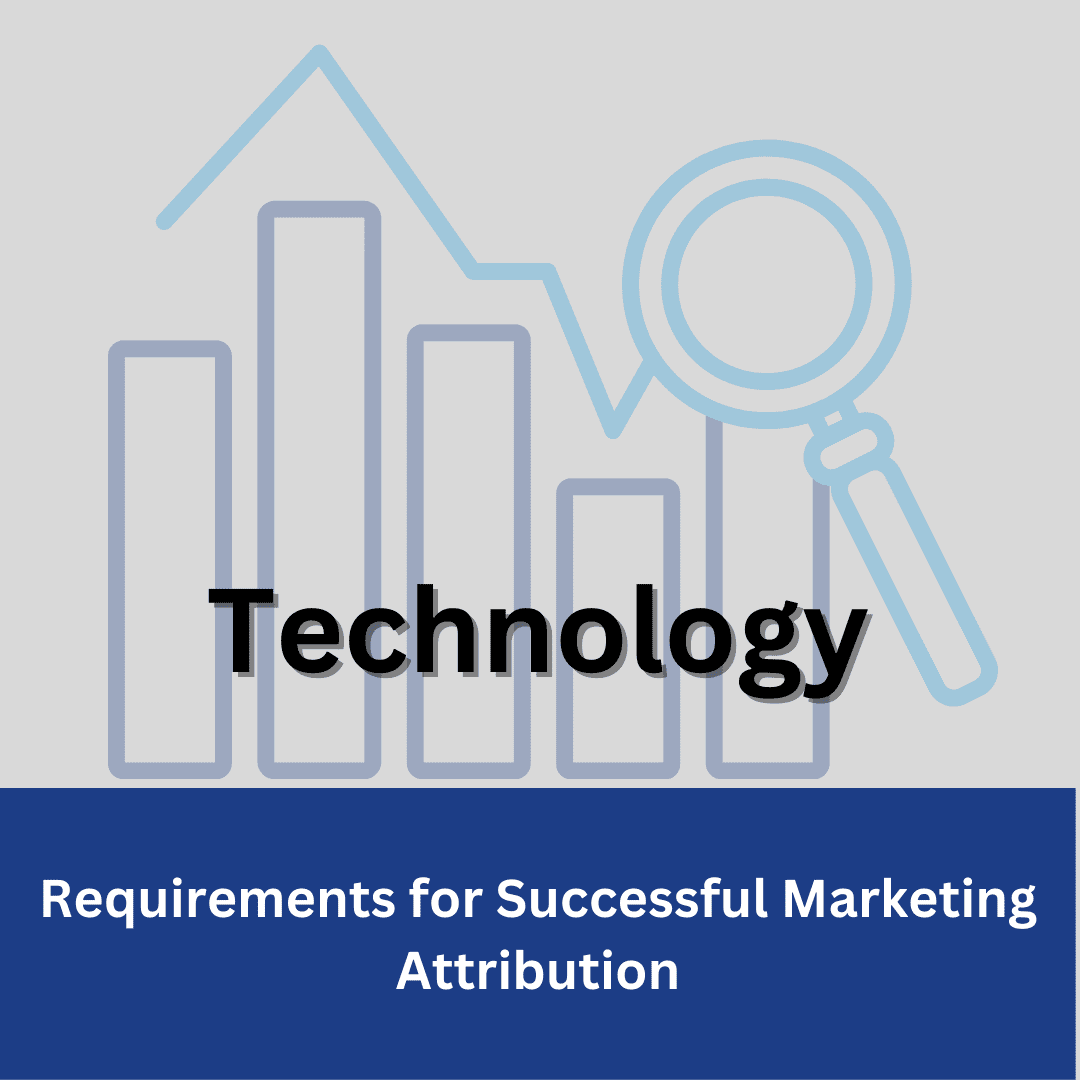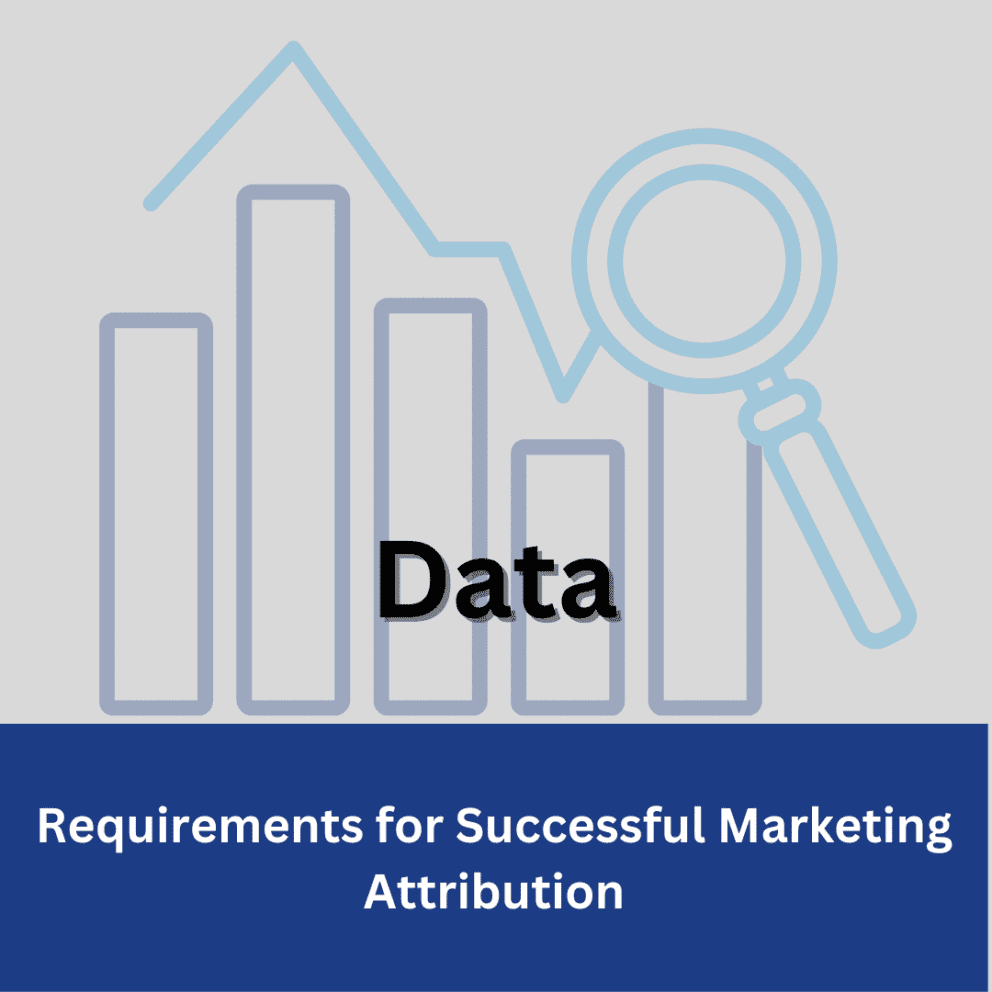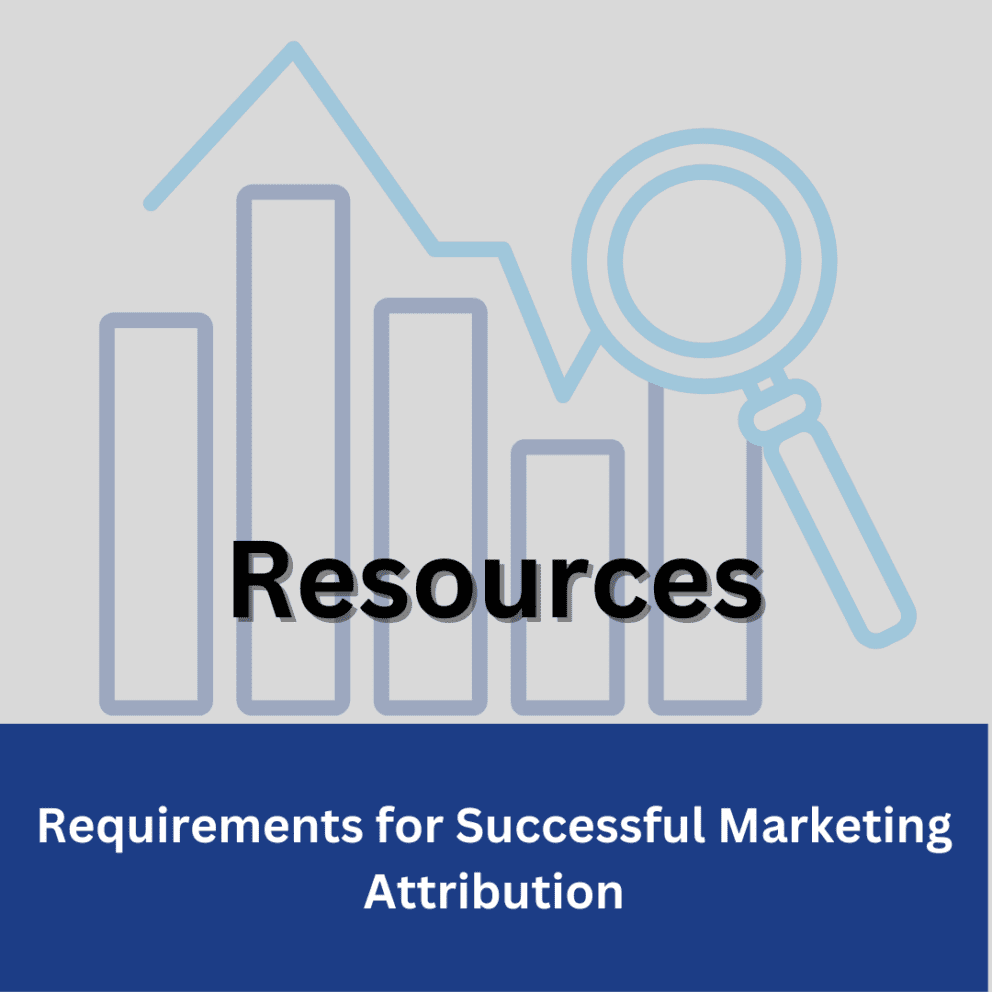Requirements for Successful Marketing Attribution: Technology

Summary
In the third installment of the series, we dive into foundational technology necessary for effective attribution. This should be used as a starting point to figure out the best tech stack for your organization.
By Brenna Lofquist, Senior Marketing Consultant / Client Services Operations at Heinz Marketing
In the next installment of my series about requirements for successful marketing attribution, the next topic is technology.
Check out the initial post that sparked the inspiration for the series: Select the right attribution model for your business.
The first post in the series highlights data as a key requirement for successful attribution. If you want to read them in order, start here.
Now lets get into it!
Technology
Technology is very important when it comes to attribution. If you don’t have the right technology in place where systems are speaking to each other, data is flowing properly, etc. then you won’t be able to track what’s working and what’s not. Now having an attribution platform isn’t a requirement in itself, there are ways to track attribution without one. However, there is a baseline in terms of what other technology you should have in your stack to make all this work.
Attribution can be thought of as a hub that pulls in data from multiple sources. It then takes that information and provides you the data to make important business decisions — at least it’s supposed to (if you’re doing it right).
Marketing Automation Platform (MAP)
Put simply, MAPs automate marketing actions or tasks. They help streamline marketing workflows such as nurtures, email programs, scoring, data updates, and more. This might vary slightly depending on the MAP you’re using and what you’re using it for. The MAP is a key piece of technology because it’s a central database for all marketing information and interactions.
I like to think of it as the MAP tracks everything within your marketing stages (lead –> MQL). Once a lead is passed to Sales that’s when your Customer Relationship Management (CRM) platform comes into play (we’ll get into that in the next section). So to be able to track attribution, you need a MAP that is accurately tracking data.
In addition, MAPs are often used for campaigns which is another key data point used for attribution. They can also automate and track efforts across multiple aspects of marketing including email, social media, lead generation, direct mail, digital marketing, and more.
Example MAPs: Marketo, HubSpot, Pardot
Customer Relationship Management (CRM)
CRM is a technology for managing all your company’s relationships and interactions with customers and potential customers. A CRM system helps companies stay connected to customers, streamlines processes, and improves profitability. As I mentioned before, think of this as your main system where Sales operates out of.
What you’d typically see in a CRM are Sales reps tracking their activities whether that’s done manually or with automation, likely done via integrations. For example, if you are using Outreach.io for sales execution you can integrate it with Salesforce (CRM) and your sales touches will automatically show up in the lead’s activity history.
CRMs are going to track leads through closed won/lost opportunities and sometimes beyond that, depending on your sales cycle and if there are cross-sell/upsell opportunities or even customer retention efforts. It’s important to make sure your CRM is setup properly to track all activities and interactions because again, those data points are key in being able to accurately track attribution.
Depending on the CRM you are using, some have attribution capabilities built in (although this varies). I would take this with a grain of salt and make sure you explore the functionality in detail to ensure it will support your needs. I have seen a few platforms that promote their attribution features but I would call it a “light” version, if that.
Another important note: your MAP and CRM should talk to each other. You don’t need to sync all data back and forth between the systems however, do figure out when you should sync leads from your MAP to CRM (most often once they are marketing qualified). From there you can figure out which fields should be synced interchangeably, which should only be synced one way, etc.
Example CRMs: Salesforce, HubSpot,
Data Visualization or Reporting
I’m putting these two in the same section because in most cases, platforms can do both. Now this might not exactly be a requirement however, as I mentioned before you’re likely not going to get the full picture when it comes to attribution tracking and reporting with your CRM. That’s where data visualization and reporting platforms come into play.
And often times, these platforms have numerous other capabilities so as always, make sure you look into each one and figure out which is best for your organization’s goals and objectives.
Data visualization and reporting software makes it easier to understand, digest, and make important business decisions from data. They help create actionable insights your team might have not found otherwise. Data visualization in particular presents data in a visual form such as graphs and charts, instead of a bunch of numbers. This makes data more accessible and easier to understand.
Reporting platforms or software help take your attribution to the next level. Similar to what I mentioned in the introduction, you can think of a reporting platform as the hub. It’s main responsibility is to pull in all the data and help you analyze it to make smart business decisions.
Together these platforms can be super valuable and take your attribution tracking to the next level.
Example systems include: Power BI, Tableau, Looker, Domo, Datorama
Integrations
While I’ve only mentioned three categories of technology, integrations play another huge role in being able to track attribution successfully. While there’s no secret sauce to the right tech stack, you want to make sure that whatever technology you do have is integrated properly so your “hub” has access to as much data as possible.
Integrations are going to vary widely based on the technology you’re using. Some tech have native integrations, some don’t. If not, you might be able to use a tool like Zapier to setup an integration through a 3rd party. If you are using Salesforce Align.ly could be an option. If you can’t setup integrations through the technology itself I would look into other options such as UTMs, tracking pixels, etc.
In summary
There’s no magical tech stack that’s going to enable successful and efficient attribution tracking and reporting. However, there are tons of great tools out there that can get you there. I’ve only listed three categories of tech, which should be a great starting point if you don’t have any or if you are looking to reconfigure your setup.
As always I would encourage you to do the research to figure out which tools and tech will work for your organization based on the goals and objectives.
I am always happy to chat attribution technology if you have any questions or thoughts on the post you can reach out to me directly at brenna@heinzmarketing.com. Stay tuned for next month’s installment of the series!



